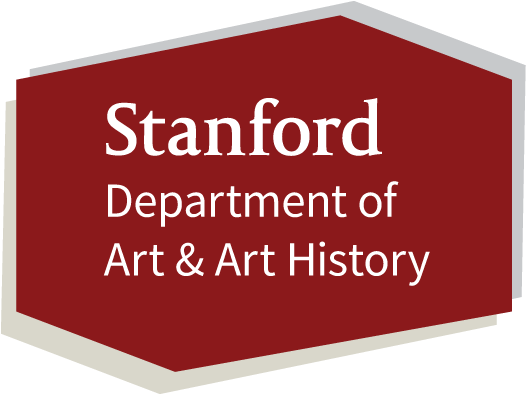Design

Students studying design learn how to see and apply basic visual principals across many disciplines, and how design functions as a change agent in contemporary society. Courses address the intersection of contemporary art, design, and engineering in today’s social and technological context.
Undergraduate Design courses are offered in the Department of Art & Art History as part of our Art Practice curriculum.
Stanford’s Graduate Design Program is a collaboration between the Departments of Art & Art History and Mechanical Engineering. Since 1958, this innovative, interdisciplinary program has defined the field of human-centered design. Graduates are dynamic thought-leaders, able to solve complex problems across a wide variety of fields.
All the design courses in the Art & Art History Department are studio-based. Students are taught a hands-on iterative approach to design, grounded by critique and discussion.
Undergraduate Design
A design course is of great value to any student wanting to understand how the formal visual properties of objects and environments in our day-to-day world function physiologically, emotionally, and strategically to guide our actions. Learning design skills allows one to focus human perception, attention, and action – and in turn to play a key role in political, social, and aesthetic shifts in society.
Art Practice majors or minors can chose to focus their studies on design by selecting a series of design courses as part of their art studio curriculum. Due to the significant overlap in studio practice required for both fine art and design, there is no separate undergraduate design degree in the Department of Art & Art History. Information on how to major or minor in Art Practice is here.
Design courses also provide foundational studio courses for majors from across the University, such as Product Design in the Mechanical Engineering Department, and Science, Technology, and Society in the School of Humanities.
Current Design Curriculum
Our current undergraduate design curriculum is streamlined into a set of two introductory courses:
- Design I, which teaches the fundamentals of visual design – color theory, composition, and form
- Design II, which provokes students to expand their conceptual and emotional repertoire as designers.
Advanced, medium-specific or concept based courses are offered on rotating basis throughout different quarters.
Future Opportunities
With Art Department’s move to the McMurtry Building in the summer of 2015, design students will have access to a new state of the art design studio with contemporary computer aided and rapid prototyping tools.
In the coming years, the Art Department is hoping to support a CS + Art dual degree. As we move in this direction, we will gradually introduce more design curriculum focused on computational systems and physically engaged interaction design.
the d.school
The Stanford d.school (more formally known as the Hasso Platner Institute for Design) is a non-degree granting center open to Stanford students in all disciplines. To take courses at the d.school you must be enrolled in another degree granting program at Stanford.
The Graduate Design Program run by the Department of Art & Art History and Mechanical Engineering is a degree-granting program. Students in this program earn either an MFA or an MS in Design. If you want to earn a graduate design degree through Stanford, the Graduate Design Program is the program you are looking for, not the d.school. Students in the Graduate Design Program often take (and often TA) d.school courses as part of their curriculum, but the Graduate Design Program is not the d.school.
To learn more about the d.school, please visit the d.school website.



